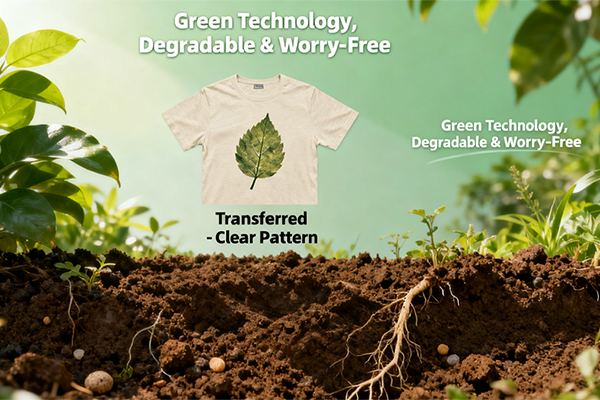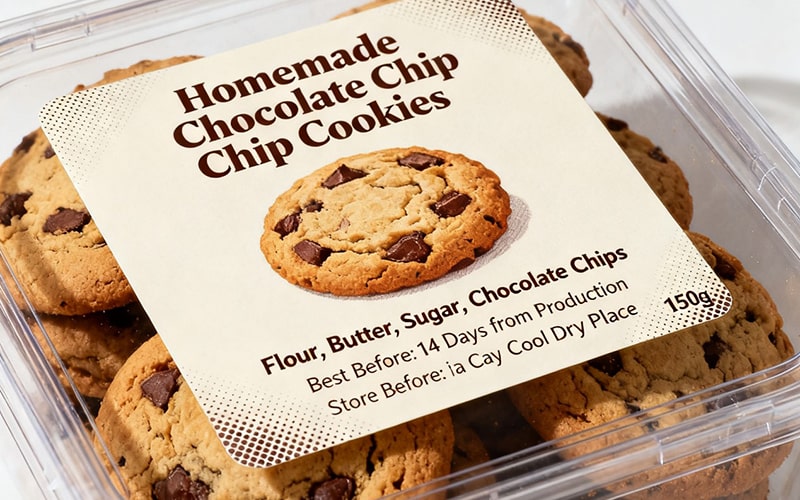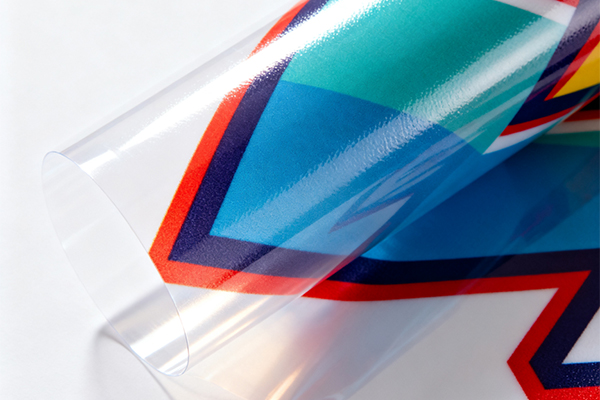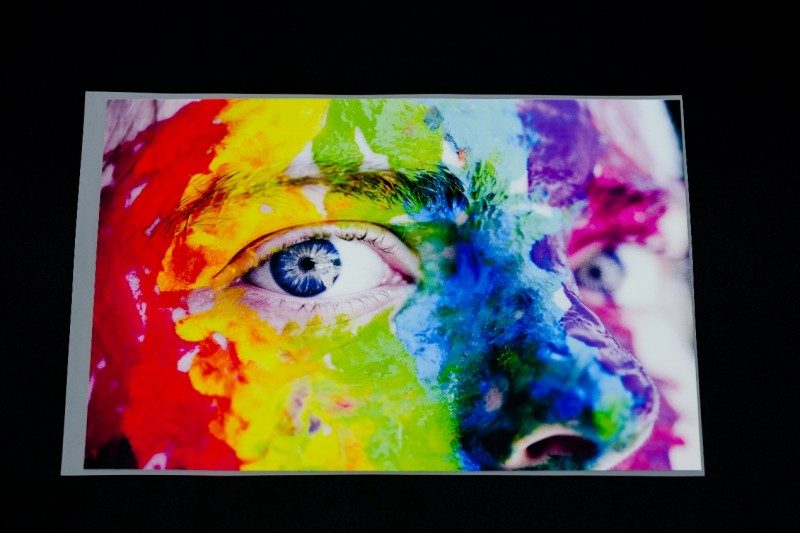The Pros and Cons of DTF film printing: A Comprehensive Guide
In the dynamic world of custom apparel printing, b...
MoreDirect to Film (DTF) printing technology has revolutionized the garment decoration industry, with DTF printing sheets being a fundamental component of this process. These specialized sheets, typically composed of a PET film coated with a water-soluble adhesive or polymer layer, serve as the temporary carrier for designs that are later heat-pressed onto various textiles. The core principle involves printing a design onto this sheet using specialized DTF printers with CMYK and white ink, followed by the application of a hot-melt adhesive powder. After curing with heat, the finished design on the sheet is transferred to a garment using a heat press, where the adhesive melts and bonds the ink to the fabric fibers. This method stands in contrast to Direct to Garment (DTG) printing by not requiring pre-treatment of fabrics and offering superior performance on a wider range of materials, including dark-colored cotton, polyester, blends, and even non-textile surfaces like leather and canvas. The global adoption of DTF is evidenced by market analysis from firms like Smithers, which projects the digital textile printing market to exceed $4.5 billion by 2025, with DTF being a significant growth segment due to its versatility and cost-effectiveness for short runs. The sheets themselves are engineered for high-performance, ensuring minimal film residue, excellent ink adhesion, and consistent transfer efficiency, which are critical for commercial production quality.
The advantages of using DTF printing sheets are substantial and well-documented across industry case studies and user reports. A primary benefit is the exceptional color vibrancy and opacity achieved, particularly on dark garments, thanks to the opaque white ink layer that can be printed under the color design. This eliminates the need for a separate white underbase flash process required in DTG, streamlining production. Durability tests, such as those involving multiple wash cycles (AATCC standards), consistently show that high-quality DTF transfers exhibit excellent crack resistance and color fastness, often outperforming traditional vinyl and rivaling DTG when proper curing and pressing parameters (e.g., 160-165°C for 12-15 seconds with medium pressure) are followed. Furthermore, the soft hand feel of a DTF print is a significant market advantage, as it does not add a thick, plastic-like layer, making it preferable for apparel where comfort is key. Data from printer manufacturers like Epson and Ricoh, who have developed DTF-specific printheads, indicate that the technology supports high-resolution printing (up to 1440 dpi), allowing for intricate details and photorealistic images. Operational efficiency is another key metric; a report from a large-scale print service provider indicated a 30% increase in daily output when switching from a multi-step DTG process to DTF for mixed fabric orders, as it removes the pre-treatment and drying steps. The ability to print transfers in bulk and store them for on-demand application also drastically reduces lead times and enables a print-on-demand business model, which is highly valued in the e-commerce sector.
When selecting and utilizing DTF printing sheets, specific technical considerations and performance data are paramount for achieving optimal results. The quality of the PET film is crucial; industry-standard thickness ranges from 0.75 mil to 1.5 mil (approximately 19 to 38 microns), with higher quality films offering superior dimensional stability during printing and heating to prevent warping. The coating formulation on the sheet is a proprietary element for most manufacturers, but its performance is measured by its ability to hold fine ink dots, its compatibility with various DTF ink chemistries (e.g., pigment-based), and its release properties. A poor-quality coating can lead to ink bleeding, inadequate adhesive powder bonding, or difficult release that leaves a visible film residue on the final product. Search results and product reviews consistently highlight brands like DTF Super Store, HHH, and Gunold as leading suppliers, with user-generated data often citing transfer efficiency rates of over 98% with their premium sheets. The adhesive powder melting point, typically between 110-130°C, must be compatible with the heat press settings to ensure a permanent bond without scorching the fabric. A common industry benchmark for powder application is 100-120 grams per square meter for a balanced adhesion and hand feel. Crucially, the entire process relies on a calibrated ecosystem: the printer's ICC profile, the ink, the sheet, the powder, and the heat press must all be synchronized. For instance, using an unapproved ink with a specific sheet can lead to cracking within 10-20 washes, whereas a fully optimized system can withstand 50+ wash cycles without significant degradation.
The application scope and market positioning of DTF printing sheets continue to expand, solidifying their role in modern print-on-demand and customization industries. Beyond standard t-shirts and hoodies, DTF transfers are extensively used for creating branded merchandise, sportswear, promotional items, and personalized gifts on a diverse array of substrates including hats, bags, shoes, and hard surfaces with appropriate primers. Search trend data from platforms like Google Trends and Etsy shows a consistent and sharp increase in queries for "DTF printing" and "custom DTF transfers" over the past three years, reflecting growing consumer and business demand. From an SEO and content marketing perspective, keywords such as "wholesale DTF sheets," "high-quality DTF film," "DTF transfer for polyester," and "soft hand feel DTF" are highly relevant for businesses targeting this niche. The economic model is also compelling; a cost-analysis breakdown from a typical print shop shows that the material cost for a standard A4-sized DTF transfer, including sheet, ink, and powder, can be as low as $0.50-$1.50, allowing for significant profit margins on finished products sold for $15-$30. This affordability, combined with the technical benefits, makes DTF printing sheets an indispensable tool for startups, established print shops, and fashion brands looking to offer high-quality, durable, and vibrant custom apparel with maximum flexibility and efficiency. The technology's growth is intrinsically linked to the performance and availability of these specialized sheets, making their continued innovation critical for the industry's future.
Select the most popular foreign trade service products to meet your diverse needs
Learn more about the dynamics and professional knowledge of the foreign trade industry

In the dynamic world of custom apparel printing, b...
More
When diving into Direct-to-Film (DTF) printing, on...
More
Flexo printing uses flexible plates to create high...
More
When it comes to transferring designs onto objects...
More

If you’re new to garment printing, using DTF film ...
MoreSelect the most popular foreign trade service products to meet your diverse needs
Explore more content related to foreign trade services

Tel: +86 17706217416
Add: Building L2A, No. 520, Lane 1588, Zhuguang Road, Hongqiao World Center, Qingpu District, Shanghai, China
User Comments
Service Experience Sharing from Real Customers
Emily Johnson
Graphic DesignerThese DTF printing sheets are absolutely fantastic! The color reproduction is vibrant and the transfer quality is consistent. Perfect for my custom apparel business.
Michael Chen
Print Shop OwnerOutstanding DTF sheets that deliver professional results every time. The adhesion is excellent and they work seamlessly with our equipment. Highly recommended!
Sarah Williams
Small Business OwnerGreat quality DTF sheets that have transformed our product offerings. The prints come out crisp and durable. Only minor issue is occasional static during handling.
David Rodriguez
Textile EngineerAs a professional in textile manufacturing, I'm impressed with the consistent quality of these DTF sheets. They provide excellent detail resolution and wash durability.